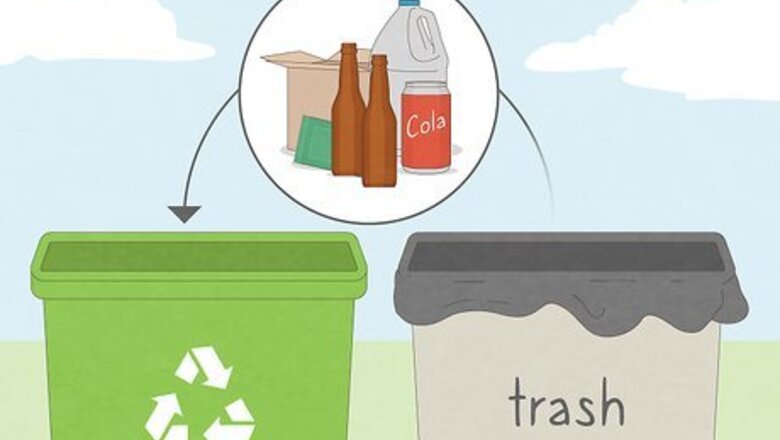
views
Deciding What to Burn
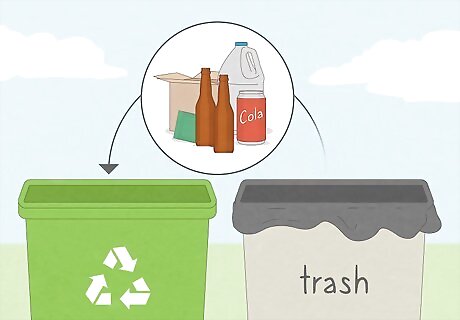
Separate your recyclables from the rest of your trash. Sort through your trash and remove anything that can be recycled. Recycling services are becoming more widespread than ever. There are many resources that can help you find a recycling facility, or a drop-off location, to recycle everything from plastics to electronics. The following items should be recycled instead of burned: Cardboard Glass Plastic bottles and bottle caps Plastic jugs Paper printed with standard ink Electronics Metal beverage cans Scrap metal
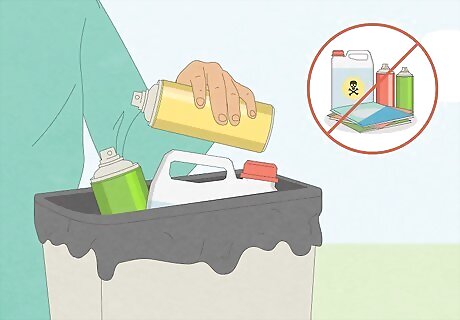
Remove anything that will create toxic smoke from your trash. There are things that may be in your trash that would be extremely toxic or dangerous to burn. These materials are harmful to you and are harmful to the environment. Never burn the following materials: Toxic chemicals (drop-off instead) Plastic and rubber. Burning plastic and rubber releases many chemicals, including dioxins, which are toxic to humans and harmful to the environment. Magazines. The ink used in magazines is toxic when burned. Aerosol cans. Aerosol cans are highly pressurized, and can explode when exposed to high temperatures. Coated, painted, and pressure-treated wood. A wide variety of chemicals are used when painting or treating wood, and many of them are toxic.
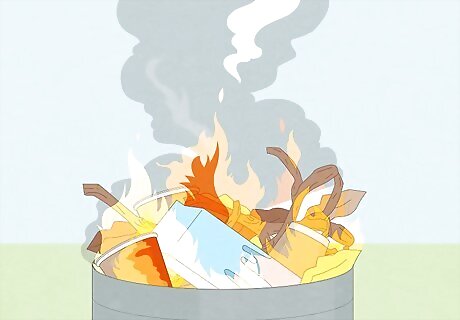
Burn untreated paper and yard trimmings safely. There are some items of trash that you can burn without exposing yourself or your environment to excessively toxic smoke. The following items burn easily, and do so without producing excessively dangerous smoke: Non-recyclable cardboard. Cardboard that has been coated with wax generally cannot be recycled unless specific recycling facilities explicitly accept them. Do not burn plastic-coated paper — make sure you know what the paper is coated with. Non-recyclable paper. Yard debris. Dried grass, tree branches, and dead leaves can all burn safely. Alternatively, compost them.
Finding a Place and Time to Burn Your Trash

Research your local laws about backyard burning. Many states and municipalities have passed laws about what, how, and when you can burn your trash. Other places have banned it outright. Refer to your state and local governments or reach out to local fire departments and learn what restricts on backyard burning exist in your area. You should also learn what penalties you may face for breaking those restrictions.
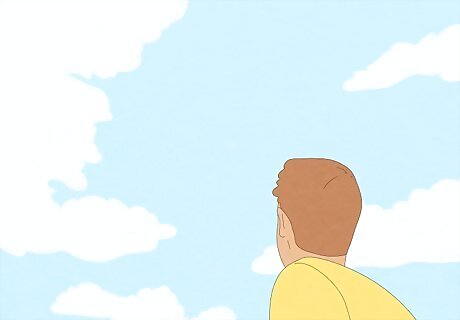
Select a spot in a clearing. Pick a place to burn your trash where the space above you is clear of any tree limbs, buildings, vehicles, or power and phone lines. Ashes and sparks from your fire may fly up and ignite whatever is above your fire.
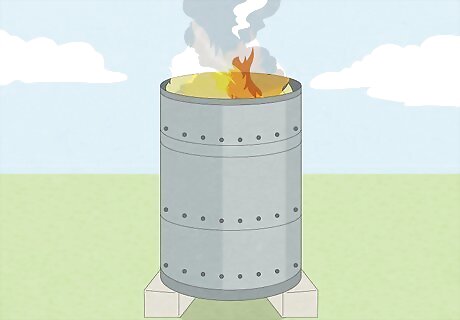
Utilize a burn barrel if you want to control your fire's smoke. Burn barrels, a type of backyard incinerator, are easy to set up, and help control the amount of smoke and ash that a fire produces. They also provide a place to store ashes and debris after you burn your trash. To set up a burn barrel, turn 2 cinder blocks on their side, and place a 55 gallons (210 L) steel drum on top. To allow airflow into the drum, drill at least 20 1 inch (2.5 cm) wide holes around the entire drum, spacing them evenly around the height and circumference of the barrel. If you’re going to leave your burn barrel in place for a while, you may want to drill a few holes into the bottom to let rainfall run out. Burning plastics is already dangerous, but you should never burn plastic in burn barrels. Burn barrels and other backyard incinerators trap the dioxins produced by burning plastic in the immediate area around the fire. This means you and others are more likely to breathe them in.
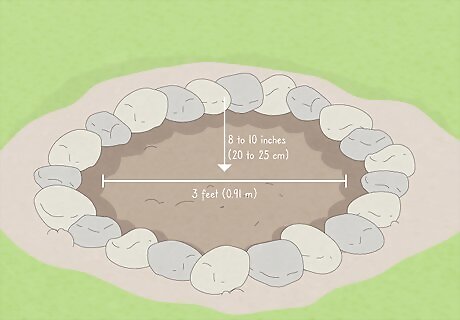
Build a fire pit to contain your fire without a burn barrel. If you don't want to use a burn barrel, you can set up a fire pit instead. Fire pits are small areas in your yard where you’ve cleared away any grass, twigs and branches, and other materials that might catch on fire unintentionally. Burning your trash is a fire pit is an easy way to watch the fire and control its size. Clear a space at least 3 feet (0.91 m) in diameter of all flammable materials. Use a rake, hoe, or shovel to clear away the grass. Make an 8 to 10 inches (20 to 25 cm)wide depression in the middle of your pit. This will help any coals or embers stay near the center of your fire. Line the outside of your fire pit with rocks. The rocks will help retain the heat of the fire, and will provide a safe place for any ashes or embers to land.
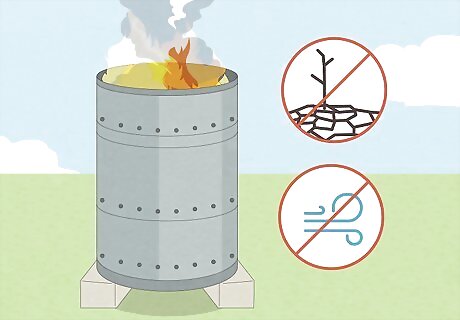
Wait for calm, wet weather to burn your trash. Do not burn trash in windy conditions or while your area is under a drought. This increases the chances of a stray ember from your fire igniting the trees or grass around you. Never burn trash if the weather forecast is predicting 20 miles (32 km) per hour gusts of wind.
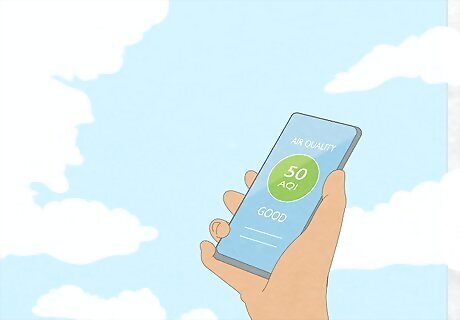
Plan to burn your trash when the air quality is good. If the air in your region is unsafe to breathe, you do not want to add more smoke to the atmosphere. Check your local weather forecast to see if the local air quality is good before burning your trash. The EPA has created a scale to monitor air quality, with 6 different stages ranging from "good" as the best quality to "hazardous" as the worst quality. You should only burn trash when the air quality is considered good.
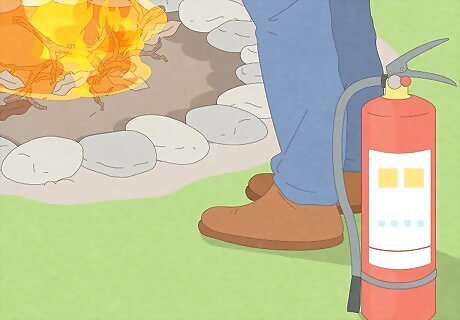
Keep a fire extinguisher at your side. Before you start to burn your trash, make sure you will be able to put the fire out in an emergency. Keep a large fire extinguisher at your side, or burn your trash within reach of your garden hose. If nothing else, have several large buckets of water ready.
Burning Your Trash Safely
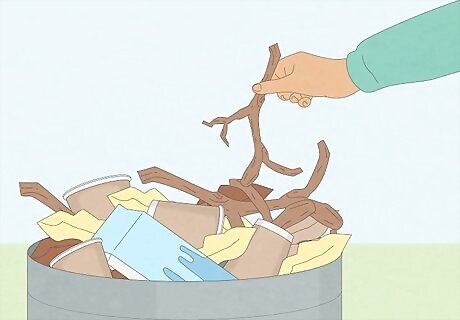
Set up your burn pile. Place your trash in your burn barrel, or fire pit. Unless you are burning a very small amount of trash, you should not burn it all at once. In a burn barrel, you can safely burn 1 full trash bag at a time. In a fire pit, you want to keep your piles of burning material small, no more than 2 feet (0.61 m) high, and keep the pile centered in the middle of your fire pit. If you have a lot of trash to burn, save some to add to the fire later.
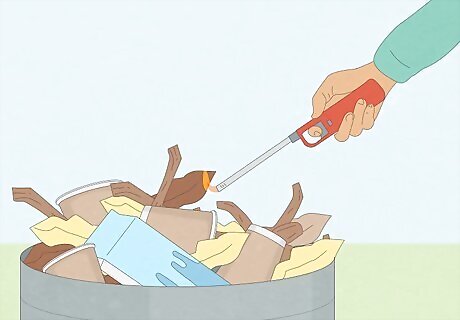
Light the fire. Once you have placed your trash in your burn barrel or fire pit, set some kindling at the base of your pile. Pick a spot where it can easily catch the rest of the trash on fire. Use a fireplace match or a utility butane lighter, the kind with a long neck, to ignite the kindling while keeping your hands at a safe distance. Paper towel rolls filled with dryer lint, and cardboard or newspapers soaked in candle wax make excellent kindling. Do not use a chemical accelerant to help start your fire.
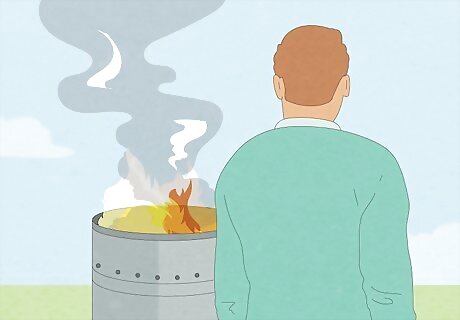
Do not leave the fire unattended. Stay near your burn barrel or fire pit as long as the fire is still active. Watch the fire and pay attention to the direction that the smoke is traveling. If it looks like the wind is getting faster, or if the smoke keeps carrying sparks and ashes towards your house, trees, or any other fire hazard, you should let your fire die out, even if there is trash left over.
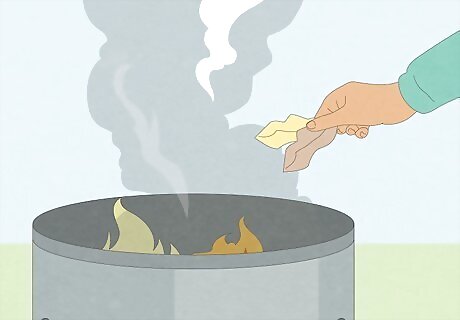
Add more of your trash to the fire as it cools down. If you still have trash to burn, and if conditions are still safe, add the trash to the burn pile after the fire has dwindled, and when the flames have cooled down. Stand back, and gently toss or drop pieces of trash onto the pile. Be prepared for additional smoke, ashes, and sparks to fly out of the fire. If you can't tell if a fire has cooled just by feeling the heat, then you can tell by the color of the flames. Blue, white, and reddish-white flames are hotter than dark red and orange flames. If you're burning trash in a fire pit, you can place the trash onto the ground and push it towards the fire with a metal shovel or rake. You should always be in control of your fire.
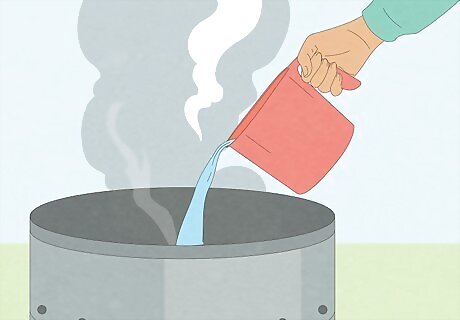
Extinguish the fire once it has reduced down to ashes. Once all of your trash has been burned, wait for the fire to die down. Even small fires can be reignited with a gust of wind, so you will need to make sure the fire is completely out before you leave. Once all that's left of the fire is glowing ashes, douse or smother the fire. To put out a fire in a burn barrel, slowly pour water onto the ashes. With a large stick, or with a metal shovel or rake, mix the ashes with the water. Add more water, and mix again. Keep adding water until you’re certain all of the embers have gone out. To put out a fire in a fire pit, you can extinguish it with water. Alternatively, you can use a large stick, or a metal shovel or rake to mix the ashes and coals in with the dirt at the bottom of the fire pit.















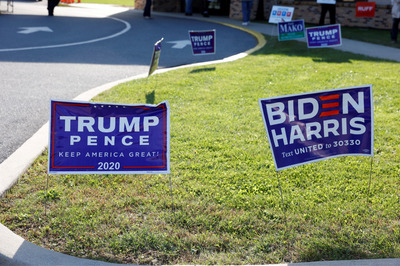


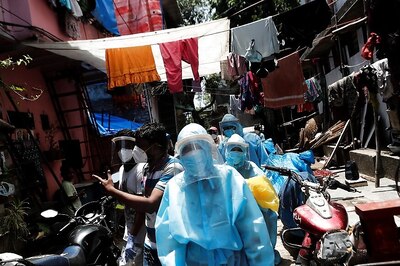

Comments
0 comment